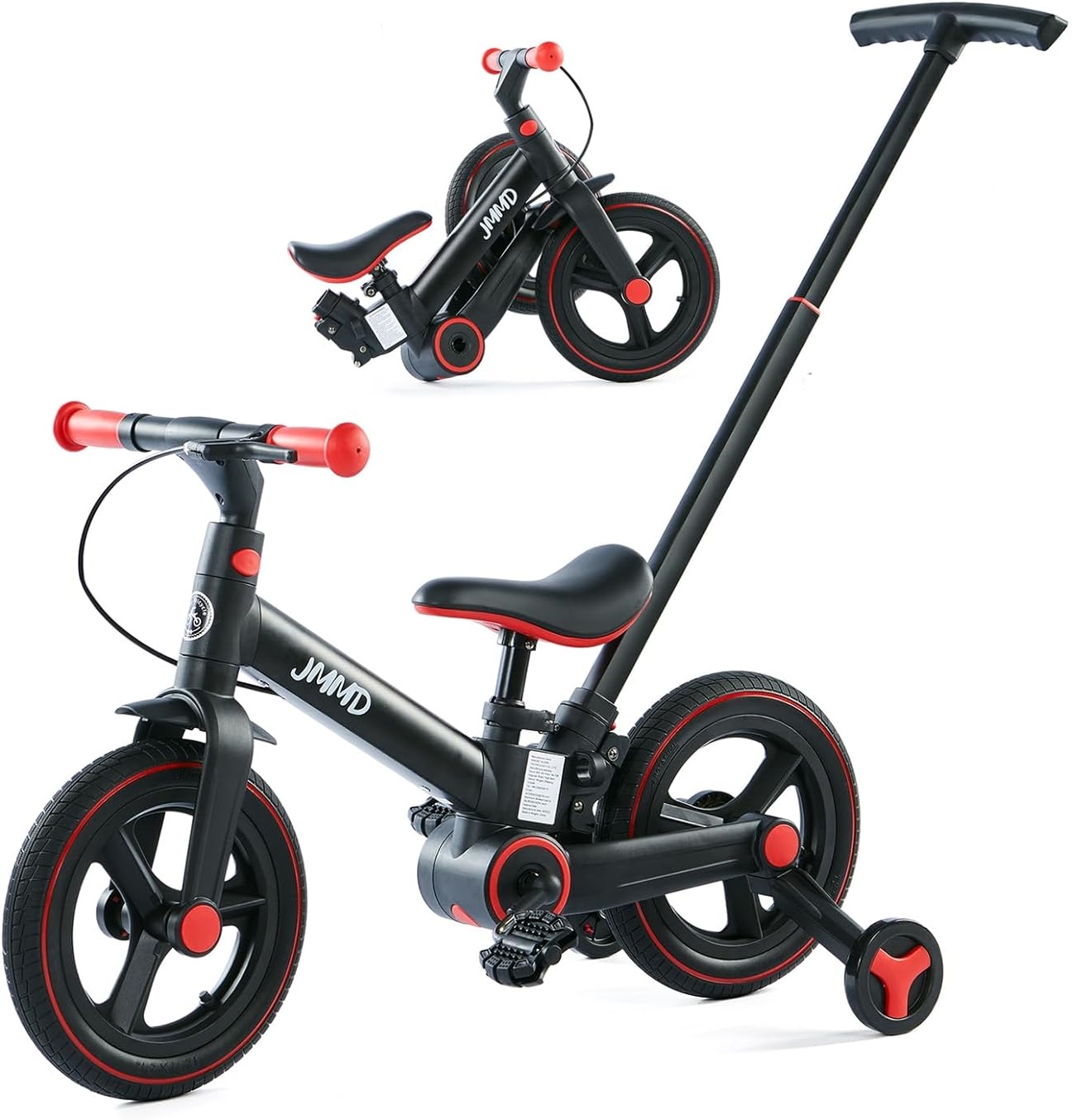Understanding the Importance of Training Bikes for Kids
Investing in a training bike for kids offers numerous advantages. These bikes are specifically designed to cater to the unique needs of young riders, providing a gradual introduction to cycling while building confidence and coordination.
Features to Look for in Training Bikes
Choosing the Perfect Fit: Essential Features of Kids’ Training Bikes
Adjustable Seat Height for Growing Riders
One of the key features to consider is an adjustable seat height. This ensures that the bike can grow with your child, accommodating their increasing height and allowing for extended use.
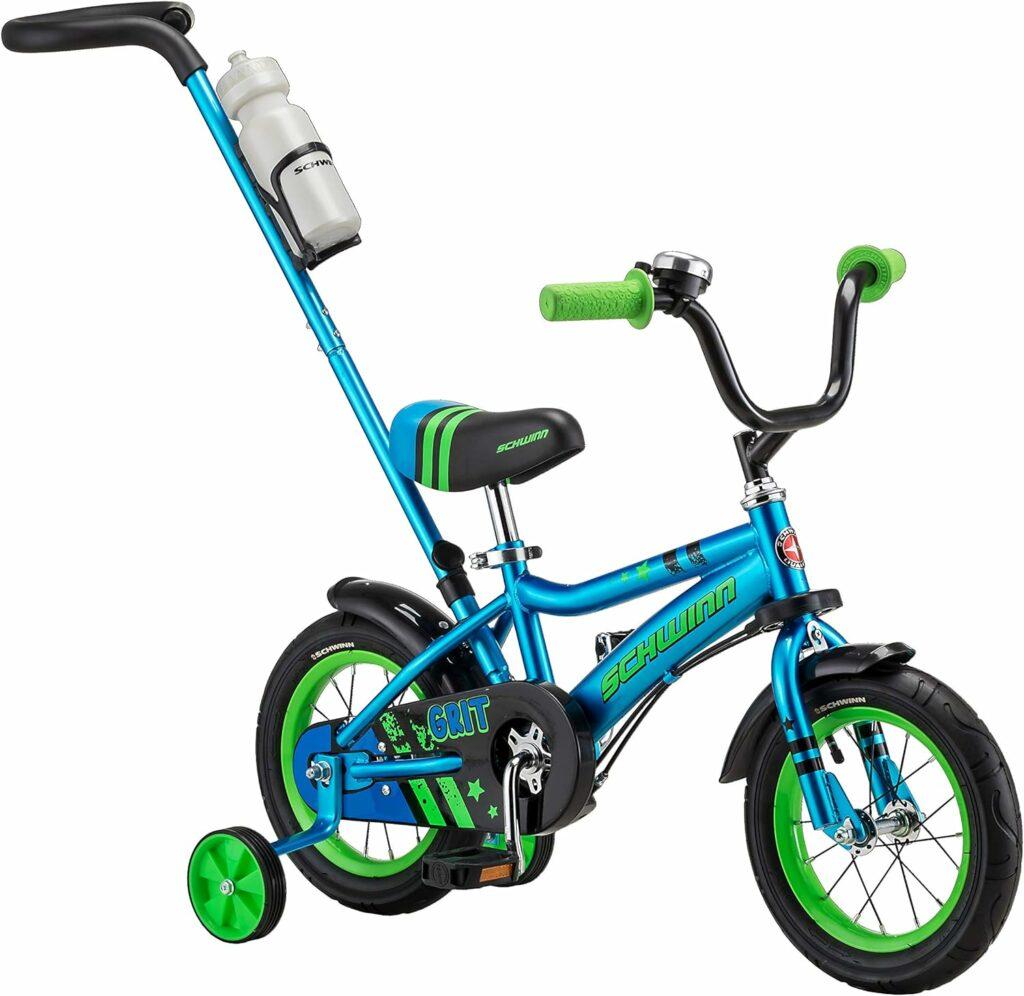
Lightweight Frame for Easy Manoeuvrability
A lightweight frame is essential for young riders to easily maneuver and control the bike. Look for materials like aluminum that strike a balance between durability and weight.
Sturdy and Stable Construction
Prioritize bikes with a sturdy and stable construction. This instils confidence in young riders, providing a secure platform for them to build their biking skills.
Safety Features Including Training Wheels
Opt for bikes equipped with safety features, such as removable training wheels. These provide extra stability during the initial learning phase and can be gradually phased out as your child gains confidence.
Benefits of Early Bike Training
Setting the Foundation: Advantages of Introducing Kids to Biking Early
Developing Motor Skills and Coordination
Early exposure to biking helps in the development of crucial motor skills and coordination. Riding a bike engages various muscle groups, enhancing balance and agility.
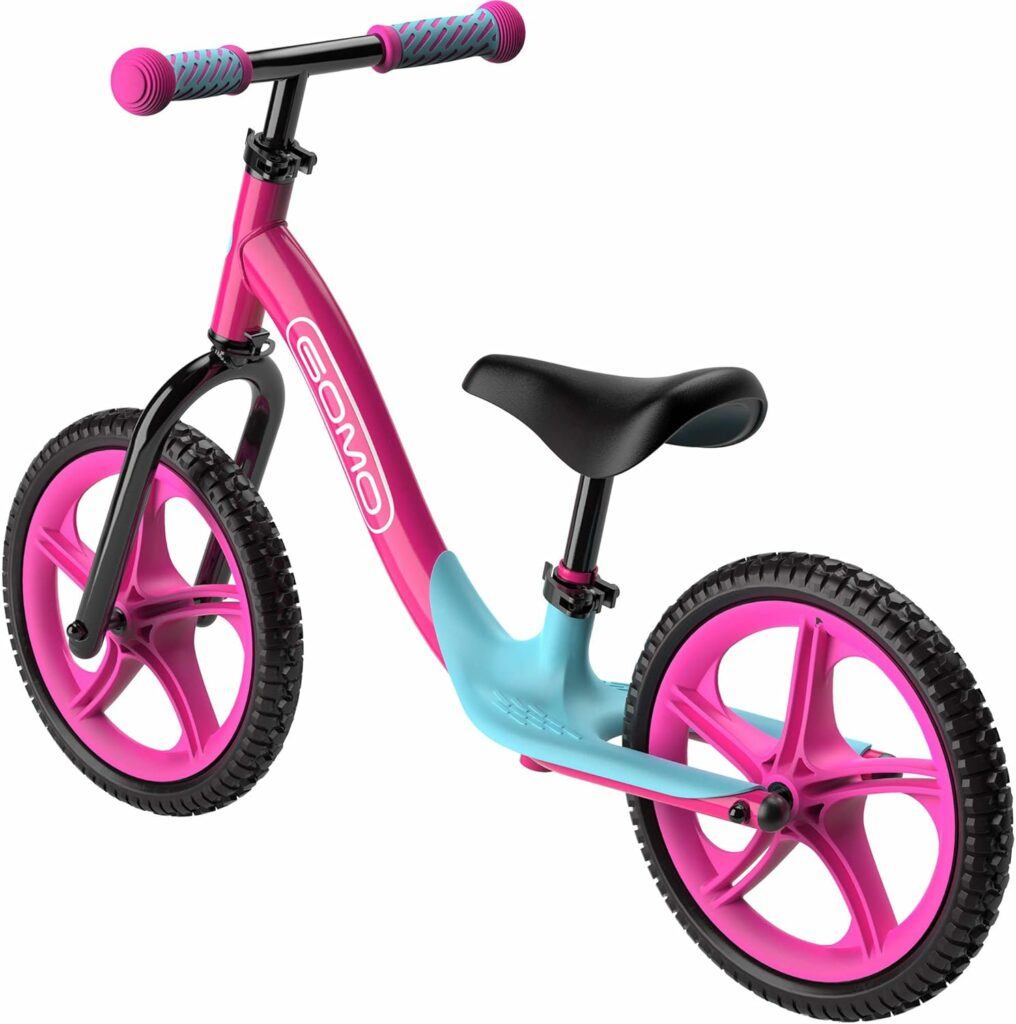
Building Confidence and Independence
Learning to ride instills a sense of accomplishment, boosting a child’s confidence and fostering a sense of independence. It’s a milestone that sets the stage for future challenges.
Promoting an Active Lifestyle
Encouraging biking from an early age promotes a healthy and active lifestyle. It instils a love for outdoor activities and establishes positive habits that can last a lifetime.
Choosing the Right Size
Ensuring a Comfortable Ride: Selecting the Appropriate Size for Your Child
Choosing the right size is crucial for a comfortable and safe riding experience. Measure your child’s inseam and match it to the recommended bike size charts provided by manufacturers to ensure an optimal fit.
Tips for Teaching Kids to Ride
Navigating the Learning Curve: Practical Tips for Teaching Bike Riding
Start in a Safe and Open Space
Begin the learning journey in a safe and open space, away from traffic. A quiet parking lot, an empty playground, or a spacious backyard are ideal locations.

Use Positive Reinforcement
Provide positive reinforcement to boost your child’s confidence. Celebrate small victories and milestones, creating a positive association with biking.
Gradually Introduce Pedalling
Start with a focus on balance and steering before introducing pedalling. This approach helps children build core biking skills progressively.
Conclusion
Choosing the perfect training bike for kids is a significant step in nurturing a love for biking and outdoor activities. By considering essential features, prioritizing safety, and fostering a positive learning environment, you set the foundation for a lifetime of cycling enjoyment. So, gear up, choose the right bike, and watch as your child embarks on their biking adventure with enthusiasm and confidence. Happy riding!
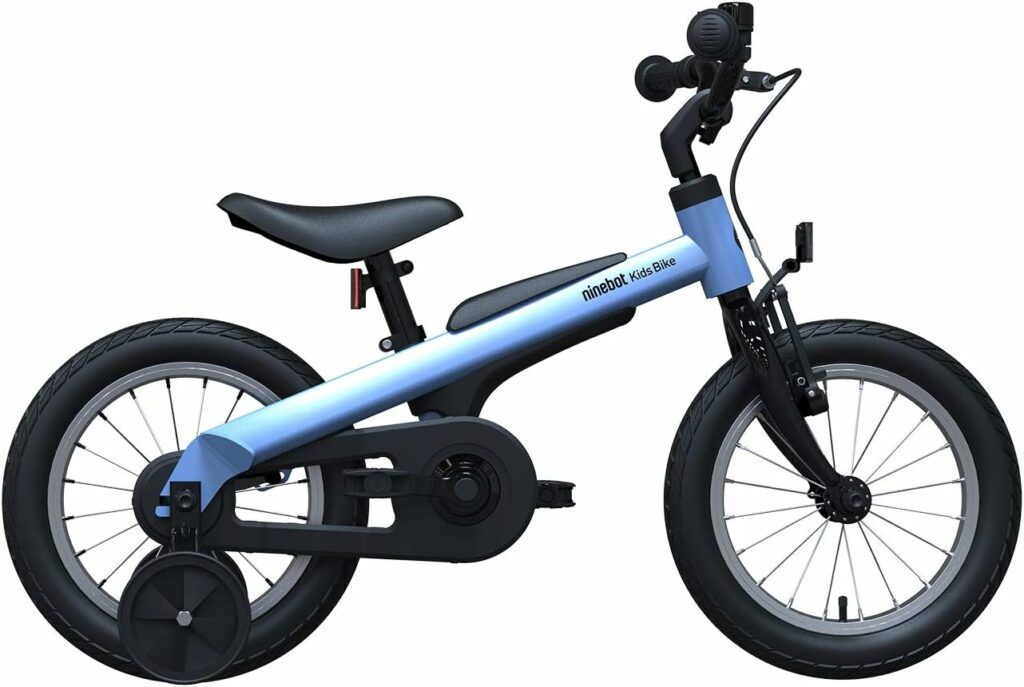
FAQs – Training Bikes for Kids:
1. What is a training bike for kids?
- A training bike, also known as a balance bike or run bike, is a two-wheeled bicycle designed to help children learn balance and coordination before transitioning to a traditional pedal bike.
2. At what age can my child start using a training bike?
- Children typically start using training bikes around 2 to 3 years old. However, it depends on individual development and motor skills.
3. What are the benefits of using a training bike?
- Training bikes help children develop balance, coordination, and motor skills. They also build confidence and make the transition to a pedal bike smoother.
4. Do training bikes have pedals?
- No, training bikes do not have pedals. They rely on the child’s feet to push and glide, teaching balance without the distraction of pedaling.
5. How do training bikes differ from tricycles?
- Unlike tricycles, training bikes have two wheels and no pedals. Children use their feet to push and coast, allowing them to focus on balance and steering.
6. Are training bikes suitable for all children?
- Yes, training bikes are suitable for most children. They come in various sizes to accommodate different heights and ages.
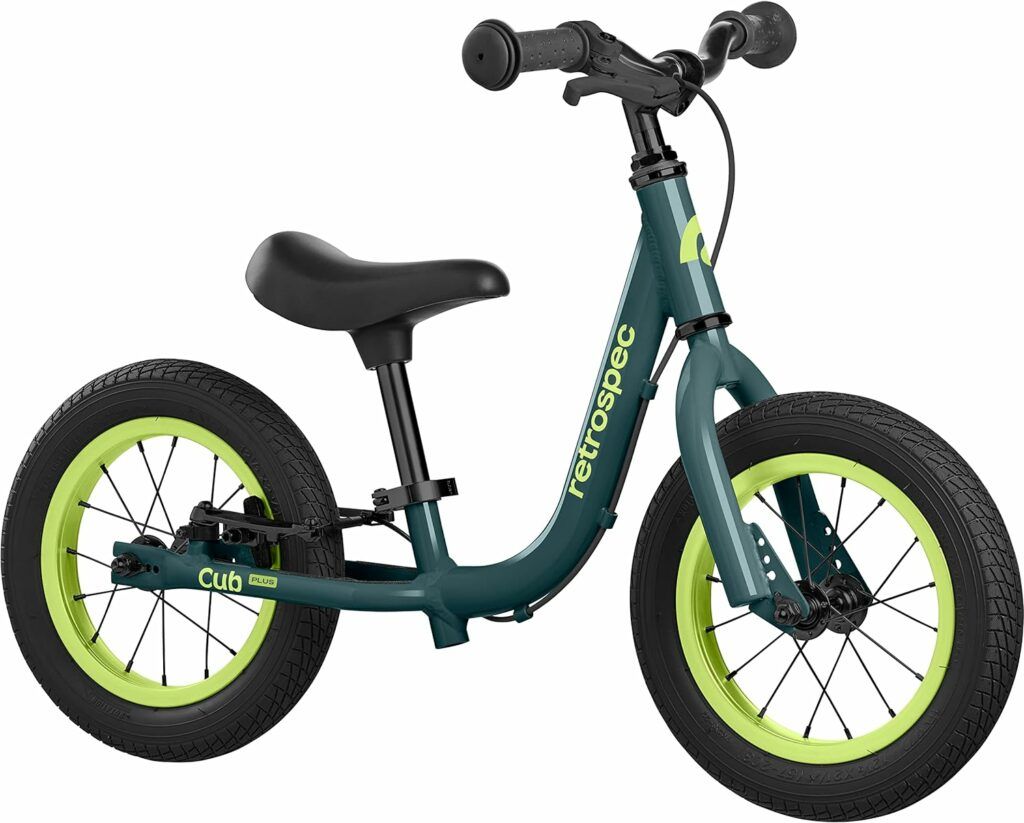
7. How do I choose the right size training bike for my child?
- Choose a training bike that allows your child to touch the ground with their feet while sitting on the saddle. Ensure a comfortable reach to the handlebars without overstretching.
8. Can my child skip using a training bike and go straight to a pedal bike?
- While it’s possible, using a training bike first is highly recommended. It helps children develop essential balance and coordination skills, making the transition to a pedal bike easier.
9. Are training bikes suitable for indoor use?
- Yes, training bikes can be used both indoors and outdoors. However, ensure that the riding environment is safe and free of obstacles.
10. How can I teach my child to ride a training bike?
- Encourage your child to walk while straddling the bike, then progress to gliding with feet lifted. Practice in a flat, open space, and offer support until they gain confidence.
11. Do training bikes require maintenance?
- Training bikes are generally low-maintenance. Regularly check the tires, ensure proper inflation, and inspect for any loose parts. Lubricate moving parts if necessary.
12. What safety gear is recommended for kids using training bikes?
- Children should wear helmets and knee/elbow pads to ensure their safety while using training bikes. Always supervise their rides.
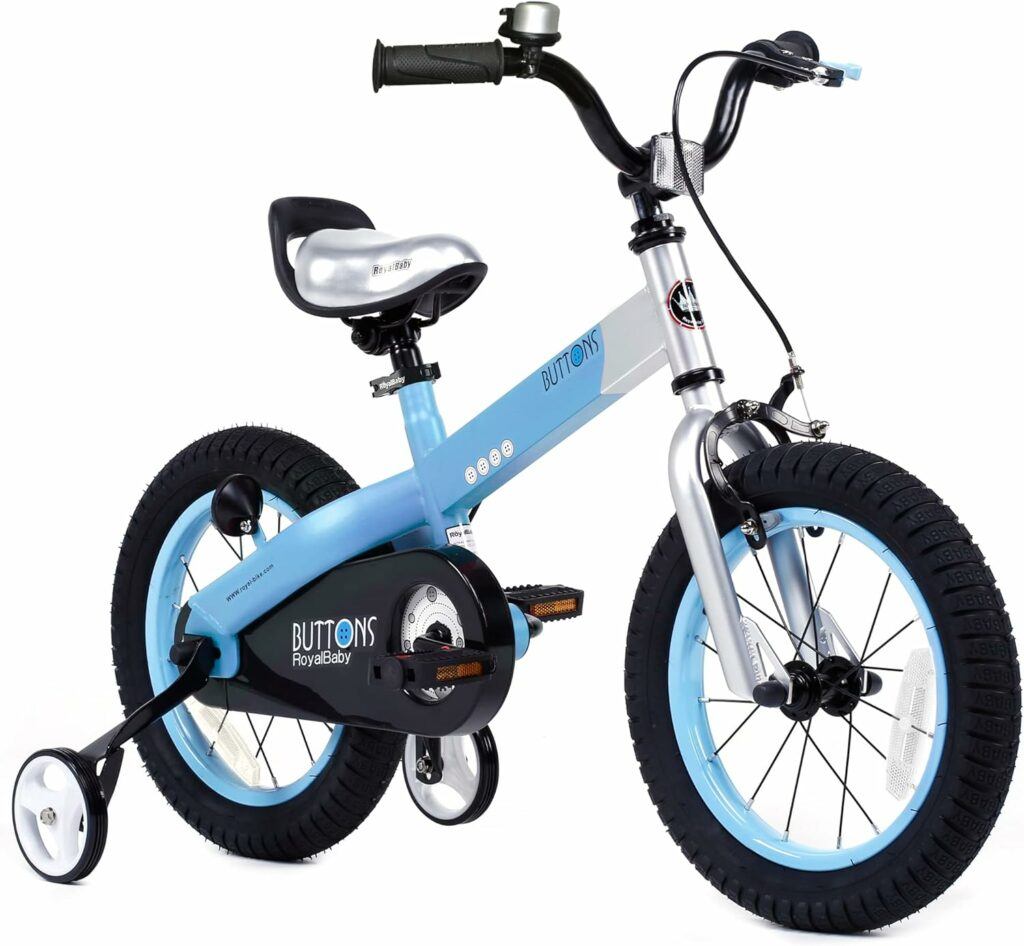
13. Can training bikes be used for children with special needs?
- Training bikes can be beneficial for children with various abilities. Consult with a healthcare professional for personalized advice and recommendations.
14. What features should I look for in a quality training bike?
- Look for a lightweight frame, adjustable seat height, puncture-resistant tires, and sturdy construction. Ensure that the bike is suitable for your child’s age and size.
15. Where can I purchase a training bike for my child?
Training bikes are available at bike shops, toy stores, and online retailers. Ensure you choose a reputable brand and read reviews before making a purchase.
Read more reviews on Mytopmountainbikes
